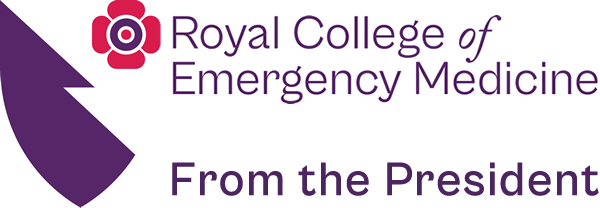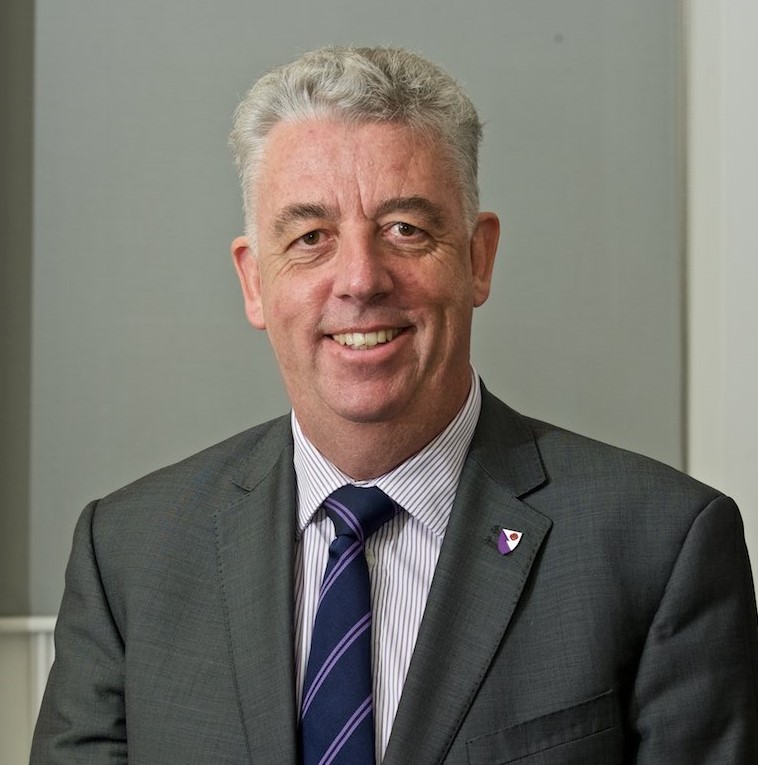Before I begin writing each newsletter I read the previous one to minimise repetition and hopefully ensure I cover new ground, thereby maintaining the readers attention. I was struck on this occasion by how prescient were the remarks of the August newsletter. As ever the newsletter was scripted almost two months ahead of publication to meet various manuscript deadlines. Little could I have imagined then in June of this year that the whole issue of Ts&Cs was to burst upon the ‘body medical’, courtesy of an announcement by Jeremy Hunt, at a meeting at the King’s Fund.
In consequence rather than repeat myself, I would ‘refer the reader to the comments I made two months ago’. In the August newsletter I have spelt out the RCEM position and the need for various key stakeholders to recognise the enormous wastage of resources consequential upon a standard contract negotiated at a time when out of hours work (for consultants) was much less than it is today.
I and other members of the executive are due to meet this week with civil servants, the BMA and NHS Employers to again articulate the points spelt out in the CEM10 and RCEM STEP campaigns. We cannot know the outcome of the current negotiations but I would want to reassure all members and fellows that we have pursued each and every relevant party to apprise them of our views.
Fair contracts for hospitals to enable adequate cost based remuneration of acute care is also a key campaign goal and we met with Monitor this month to argue the case for ensuring their proposed new tariff structure is equitable to all hospitals; in particular the element apportioned to core funding must reflect actual costs of safe staffing levels (medical and nursing) as well as non payroll costs. There was a real risk that this could be based on ‘historical funding’ and thus condemn many hospitals to a new system that simply continued to perpetrate the iniquities of the past. We have obtained written assurance that core funding will indeed reflect true costs.
Work is also proceeding re new metrics. I have written before of the need to ensure the 4 hr standard is not replaced until such time as a better metric has been agreed, tested and found superior with regard to patient experience and outcomes. A key requirement of the College is the need to measure demand, capacity and outcomes as all three must be aligned. We have met with the DH, the Kings Fund, the Nuffield Trust and the Urgent and Emergency Care Review team to discuss metrics and I am confident that there is a much better understanding of the strengths and weaknesses of such metrics. We await the decision of NHS England as to which ones they intend to pilot.
This autumn we will be launching a number of short animated cartoons highlighting the issue of exit block, the A&E brand and how it differs from emergency medicine, and relaunching our ‘Facts’ film. These will form part of our campaign to distinguish what is emergency medicine from other issues that might cause attendance to A&E. Examples of what emergency medicine is not include post-operative complications, failures of community care, relapse of conditions within 24 hrs of discharge from an in-patient bed or an out of hours occupational health service. All these patients need timely access to the appropriate service but their problems are not part of our curriculum, expertise or resource allocation.
Recognition of non EM presentations and appropriate pathways to better help these patients will go some way to decongest our departments. Eradication of exit block will similarly not only decongest but improve departments for patients (lower morbidity and mortality and hospital length of stay) and staff (more time spent on core tasks, better job satisfaction, less overload and burnout).
We are piloting a project with a number of NHS Trusts seeking to highlight the lack of timely discharge options over the winter months and the consequent link to poor performance when measured against the 4 hour standard. I will report more once winter is upon us!
Finally our second EM Clinical Leaders day will be on December 1st at the British Library. Last year over 150 delegates attended and the feedback was very positive. I hope that at least one consultant from every department will attend this year from throughout the UK. The programme is available on the website with a great line up of subjects and presentations. Importantly we will seek views from all those who attend on how the College is doing as measured by the goals of the CEM10 and RCEM STEP campaigns.
Dr Cliff Mann FRCEM FRCP
President
The Royal College of Emergency Medicine
@RCEMPresident


